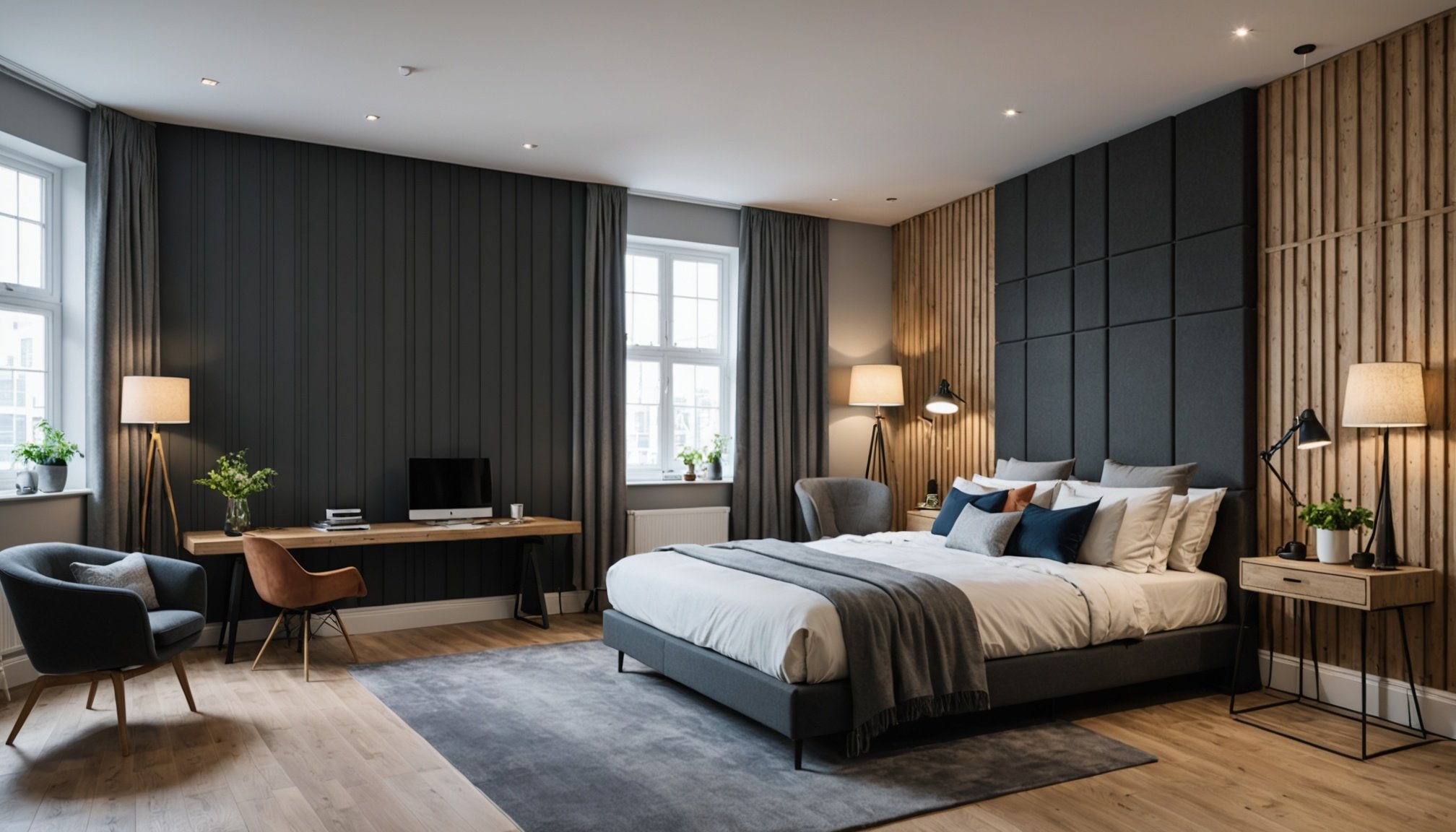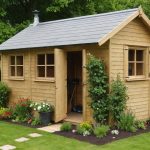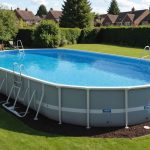Overview of Urban Noise Issues
Navigating the vibrant world of urban noise can be both intriguing and challenging, especially for those embracing the experience of apartment living. Noise pollution is a ubiquitous companion in cities, posing significant impacts on both health and well-being. It’s not just about the occasional honking or distant siren; it’s an omnipresent, sensory challenge.
City dwellers often grapple with noise from sources like bustling traffic, neighbouring activities, and public transport. Each sound, innocuous on its own, accumulates to create a cacophony that can intrude into the comfort of apartment living. These continuous disturbances can lead to a spectrum of health issues, including heightened stress levels, sleep disturbances, and increased blood pressure.
A lire aussi : Discover the Best Stylish and Child-Safe Stair Designs for UK Homes with Young Kids
Amidst these challenges, the importance of effective soundproofing cannot be overstated. For residents of densely populated areas, mitigating urban noise becomes not only a quality-of-life improvement but a health necessity.
To combat these challenges, residents can consider options such as installing thicker curtains, using rugs or carpets, or even utilising specialised panels to reduce indoor noise levels. By adopting these solutions, individuals can create a more peaceful living environment, safeguarding their well-being against the relentless urban noise.
Sujet a lire : Essential Water Conservation Tips for Your UK Garden During a Hosepipe Ban
Innovative Soundproofing Materials
Exploring the latest soundproofing materials reveals a plethora of advanced options available in the UK. Whether you aim to create a sanctum of silence or simply reduce noise intrusion, these cutting-edge solutions promise enhanced acoustic tranquility.
One popular choice is acoustic panels, renowned for their ability to absorb sound waves efficiently. These panels are often favoured for their aesthetic flexibility, available in various shapes, colours, and finishes. However, their effectiveness can vary depending on installation and room dynamics. While they perform excellently against high-frequency noises, their capacity to dampen low-frequency sounds might not be as robust, which can be a consideration for spaces subjected to such noise levels.
Sound barriers are another efficient soundproofing measure, often utilised in both residential and commercial properties. These are typically heavier and denser than acoustic panels, designed to block sound rather than absorb it. They are highly effective against all kinds of noises, but their installation may be more labour-intensive and can involve higher costs.
Traditional soundproofing materials such as thick curtains and carpets offer some noise reduction but often fall short compared to these modern solutions. Thus, selecting the right material depends greatly on your specific needs and the nature of the sound challenges you face.
Advanced Soundproofing Techniques
In the realm of modern acoustic design, advanced soundproofing techniques play a vital role in achieving substantial noise reduction. Decoupling is one such technique; it involves creating an air gap between structures to prevent sound waves from traveling. This is often employed in constructing walls and floors, allowing spaces, especially apartments, to reduce unwanted noise transmission effectively. Implementing decoupling may involve double stud walls or resilient channels to separate layers of drywall.
Another effective soundproofing technique is damping, which involves using materials to absorb and dissipate sound energy. Materials like mass loaded vinyl or viscoelastic compounds can be strategically placed in walls or floors. This transforms sound energy into heat, thus reducing airborne noise. Damping is often combined with decoupling for an optimal result.
Applying these soundproofing techniques in apartment settings is essential for enhancing living quality. Customized solutions are sometimes necessary, considering architectural constraints and noise sources.
Real-life case studies exemplify the impact of these soundproofing installations. For instance, a soundproofing overhaul in a busy urban area successfully reduced external noise, leading to improved resident satisfaction. These case studies highlight the importance and effectiveness of tailored acoustic solutions in managing noise pollution.
DIY Soundproofing Solutions
Creating a quieter environment through DIY soundproofing can be an achievable goal for those interested in home improvement. Urban dwellers, in particular, face challenges like traffic noise and neighbours, making sound insulation essential. Here’s how you can tackle this project using everyday materials.
Starting with simple steps can go a long way in reducing unwanted sounds. Begin by sealing gaps in doors and windows. Weatherstripping tape can effectively block noise, and it’s an inexpensive option for soundproofing. Consider also adding heavy curtains or rugs that act as barriers and help in sound absorption.
For a DIY soundproofing project, you can create your own panels. Use thick fabrics, old blankets, or foam to absorb sound. Attach these homemade panels to walls or ceilings, focusing on areas where noise seems to penetrate the most.
For those willing to invest a little more effort, follow this step-by-step guide:
- Measure the space that needs insulation.
- Cut your chosen materials into suitable sizes.
- Secure them in place with nails, adhesive, or Velcro.
By implementing these methods, you can enjoy a soundproofed home environment without professional help.
Product Recommendations for Soundproofing
Finding effective soundproofing products can be challenging, especially with many options on the market. In the UK, several top-rated acoustic insulation solutions stand out for their ability to significantly reduce noise.
For those seeking high-performance materials, consider products with dense compositions, as they effectively absorb and block sound. Fibreglass panels are well-regarded for their noise reduction capabilities. They are perfect for home studios or apartments where minimising sound transmission is key. Alternatively, rubber-based products work well for dampening vibrations—a crucial factor if noise comes from below.
When assessing the cost-benefit of these solutions, remember that higher upfront costs may lead to greater long-term satisfaction. Investing in good quality soundproofing materials can reduce noise intrusion and enhance your living space.
To further tailor these solutions, expert tips suggest measuring the specific noise levels and types in your environment. For instance, in a busy city flat, window seals or thicker curtains could be valuable additions. Choosing the right combination of soundproofing measures will depend entirely on your unique circumstances and the main sources of disturbance.
Navigating UK Regulations and Standards
Successfully tackling soundproofing compliance in apartment projects hinges on understanding relevant UK regulations. These regulations are not mere formalities; they are pivotal in maintaining building regulations and ensuring quality living standards.
When embarking on soundproofing endeavours, acknowledge key legislative frameworks like Part E of the Building Regulations, which sets standards for sound insulation between rooms in dwellings. Meeting these standards isn’t just about comfort—it’s a legal mandate. Failure to comply can result in legal repercussions, potentially compromising a property’s valuation or marketability.
Here’s how to ensure your soundproofing meets local standards:
- Consult Expert Assessments: Engaging with professionals early on helps identify the necessary soundproofing measures required for your specific situation.
- Use Certified Materials: Always opt for materials that are certified and recommended in the industry to avoid any setbacks regarding compliance.
- Seek Approval: Before initiating projects, present your plans to local building authorities to get the required approvals and ensure no regulatory step is overlooked.
By placing emphasis on these facets, you create an environment where regulatory adherence is integral—a step that guarantees not just compliance, but peace of mind.
Expert Tips and Best Practices
Achieving acoustic comfort in your apartment requires strategic planning and careful execution. Soundproofing professionals offer insights that can dramatically improve your results. For starters, consider the materials you use. Heavy curtains and carpets can absorb noise and enhance acoustic comfort in living areas. Experts agree that quality over quantity is crucial. Adding unnecessary layers without acoustic properties might not be as effective.
Understanding common pitfalls can also help. Many assume that sealing windows and doors completely solves noise issues. However, professionals suggest focusing on all potential sound paths, including walls and ceilings. Overlooking these can leave gaps in your soundproofing strategy.
For maintaining an acoustically pleasant environment, practice soundproofing best practices daily. This might include reducing noise-producing activities during quiet hours or using earplugs. Maintaining acoustic comfort isn’t just about stopping noise at its source; it’s about integrating solutions into everyday life.
Implementing these expert advice strategies can transform your urban apartment into a peaceful retreat. Remember, the key is in understanding the holistic nature of soundproofing and making informed decisions. By embracing soundproofing as a lifestyle, you set the foundation for lasting peace and comfort.











